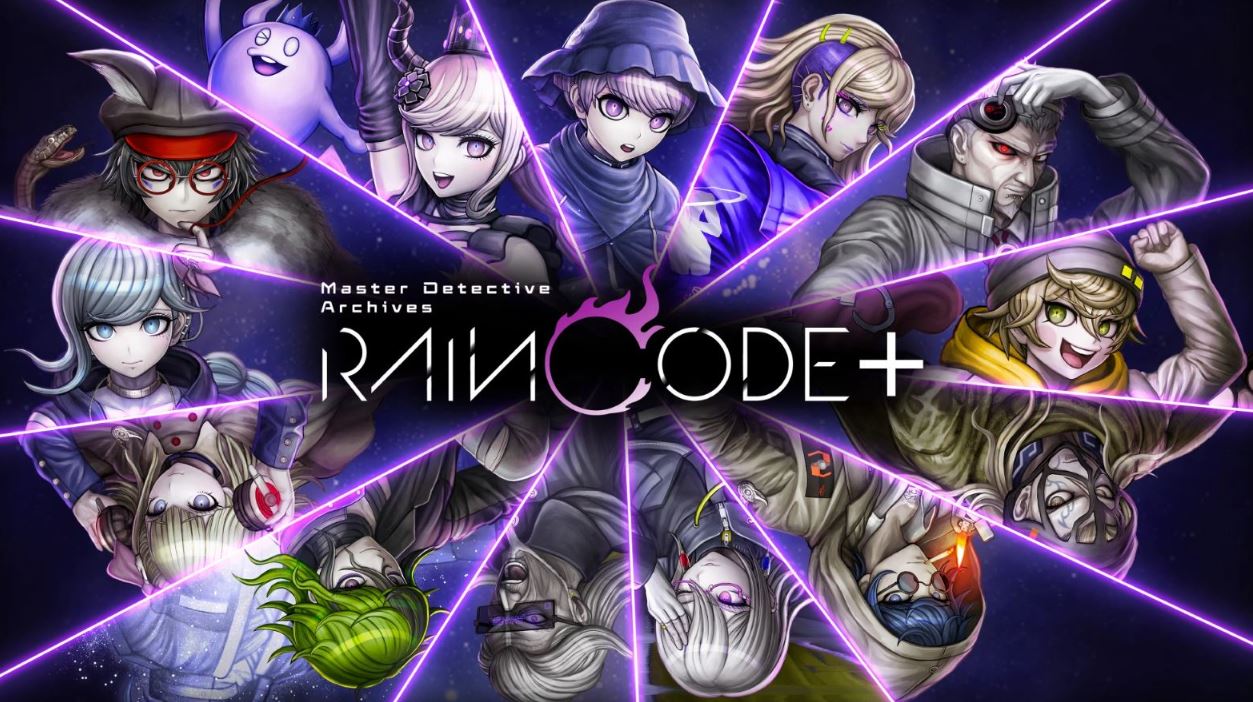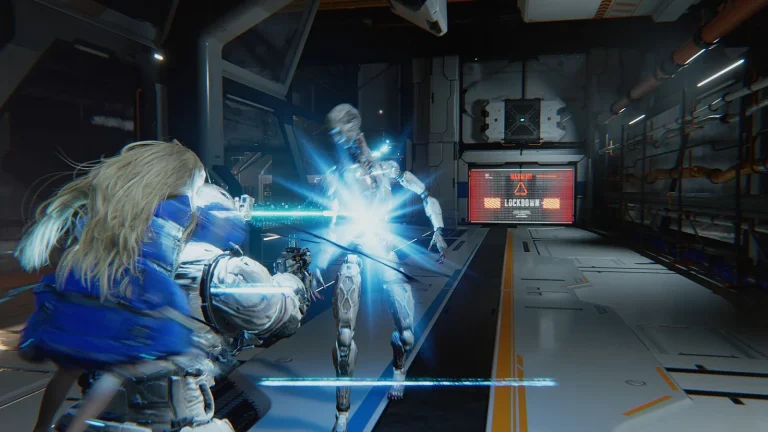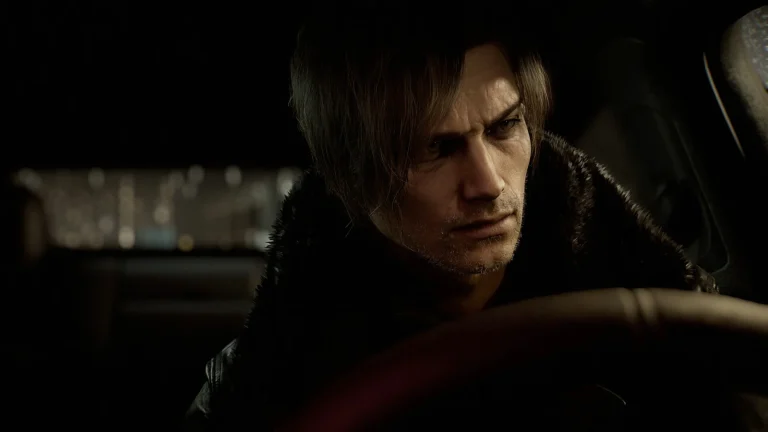Originally released as a Nintendo Switch Exclusive in June 2023, Master Detective Archives: RAIN CODE is a brand-new IP from Spike Chunsoft that blends the text adventure genre with fully 3D characters and environments. As of October 1, 2024, the title made a comeback across all modern platforms with 4K graphics, reduced loading times and other improvements as Master Detective Archives: RAIN CODE Plus.
Although the game bears resemblance to the acclaimed Danganronpa series with its unique twists and quirky characters, RAIN CODE brought with it many new challenges too. At TGS 2024, AUTOMATON had the opportunity to talk about the game’s development with RAIN CODE’s director Takahiro Suzuki and development manager Tatsuya Marutani.
―Could you please introduce yourselves and tell us about your careers and respective roles in RAIN CODE’s development?
Takahiro Suzuki (Suzuki hereafter):
I’m Takahiro Suzuki, and I’m the development director at Spike Chunsoft. I handled the direction and planning for Master Detective Archives: RAIN CODE as well as the Danganronpa games. For RAIN CODE, my main focus was to establish the game’s core structure and oversee various aspects of direction. Prior to that, I was involved in the development of Spike Chunsoft’s various licensed titles across multiple platforms.
Tatsuya Marutani (Marutani hereafter):
I’m Tatsuya Marutani. I manage Spike Chunsoft’s design section, and I’m mostly involved in the development of original IPs. I’ve been involved in the Danganronpa series since its inception, and I was the director of the first title in the series. From Danganronpa 2: Goodbye Despair onwards, I became the development manager, and this was my role for RAIN CODE as well.
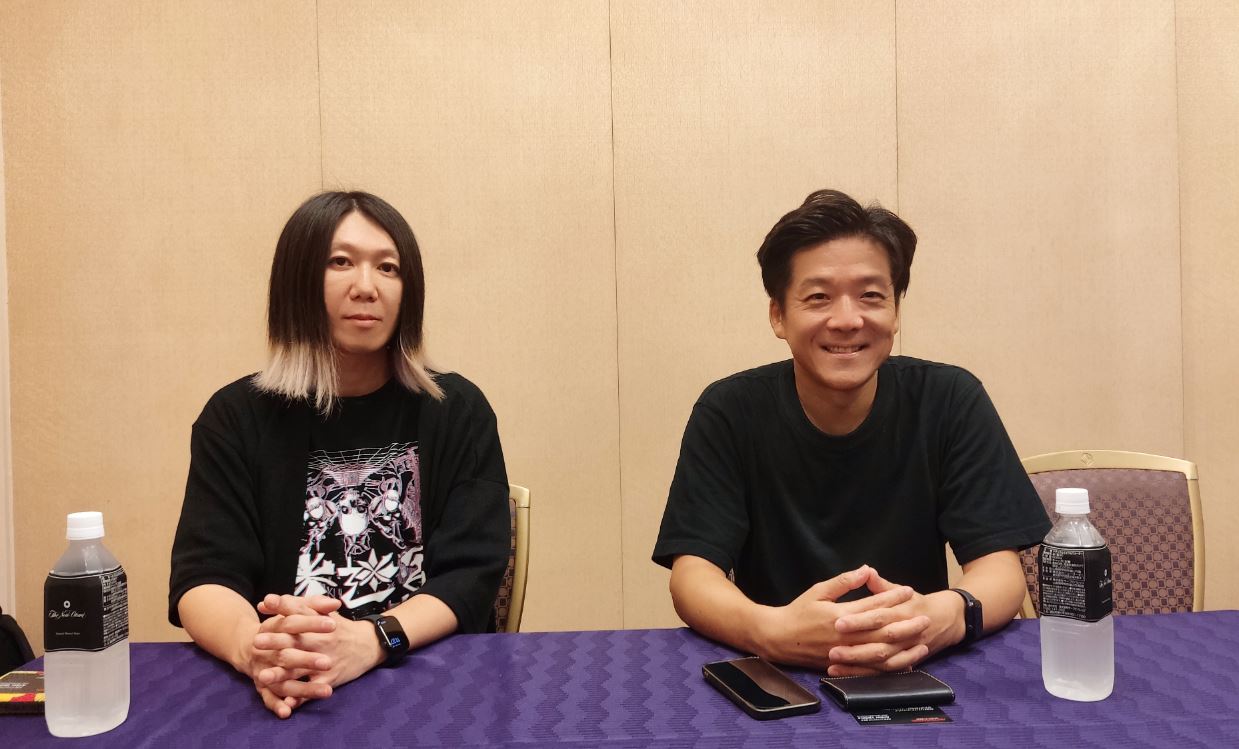
―RAIN CODE inherits some DNA from the Danganronpa series, but what are its distinguishing features as a brand-new IP?
Suzuki:
We started RAIN CODE’s development from the idea of realizing a work by Kazutaka Kodaka, but with a different approach than Danganronpa. The biggest difference is the fully 3D world, which we put a lot of effort into creating. Up until now, players have loved the 2D illustrations of Komatsuzaki (Rui Komatsuzaki, character designer of the Danganronpa series), so it was a real challenge finding a way to convey the appeal of their art style in 3D. I also think this became one of the game’s biggest selling points.
The events in RAIN CODE take place in open spaces, rather than a closed environment like in Danganronpa – but with the story written by Kodaka and characters designed by Komatsuzaki, it retains a Danganronpa-like feel that I think will be enjoyable for fans of the series.
Marutani:
RAIN CODE is a dark fantasy-style mystery where the player uses Forensic Fortes, master detective abilities, to solve cases. When it comes to the unique worldbuilding, fast-paced story, plot twist and attractive characters, there are similarities to the Danganronpa games. These are important aspects we made sure RAIN CODE inherited. But while Danganronpa revolves around a death game among a particular group of characters, RAIN CODE has new characters appear with each chapter, leading to significant differences in how the story unfolds.

―I’ve heard that RAIN CODE was in development for around 6 years. Given that you went fully 3D and introduced multiple new mechanics, was the process challenging compared to Danganronpa?
Marutani:
In a word – yes (laughs).
We were faced with many challenges during development. 3D allows for a wider range of expression compared to 2D, but it also leaves no room for oversights, or rather, you have to make sure everything has an explanation. We took a lot of care in how we presented each trick and directed the scenes, and the time it took to do that was incomparable to Dangaronpa.
We also struggled with how to present the Mystery Labyrinth at first, often finding ourselves grasping at straws. In some places, the scenario came first. We had a vision, and then we had to give it shape, so we meticulously built each chapter. As we began to understand the game better, we went through numerous cycles of adjustments to achieve what we wanted.
Suzuki:
Since RAIN CODE’s early conceptual stage, we’ve spent considerable time figuring out how to portray aspects that differ from Danganronpa. There were many things we changed based on feedback we had received from Danganronpa players, and many things we had to build up from scratch. In particular, it proved challenging figuring out how to depict the Forensic Forte—a power that transcends human understanding. Working out the design and mechanics of solving mysteries within the Mystery Labyrinth, which works completely differently from Danganronpa’s trials, was not an easy task either. In terms of hardware, optimizing performance for the Switch proved to be quite a challenge. There was a lot we struggled with (laughs).
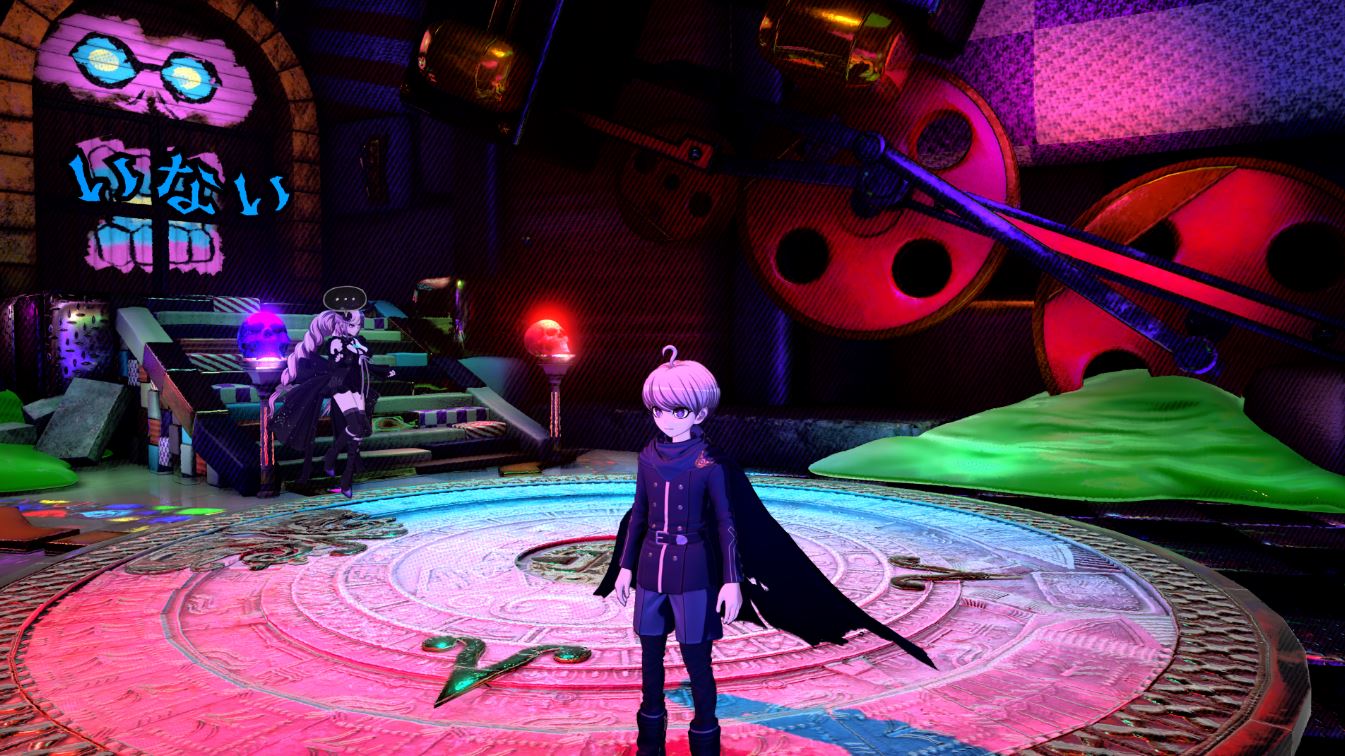
―How did you come up with the idea of adding 3D explorable environments to the 2D adventure game genre?
Suzuki: I believe the initial concept was to immerse players in the city’s atmosphere while they investigate events occurring throughout it. Creating the entire environment in 3D also set the title apart from the Danganronpa series. Although this extended development significantly, I feel that our efforts have allowed users to fully experience the vibrant atmosphere of the city.
Marutani: There are great 3D adventure games from the West, like Life is Strange and Detroit: Become Human, so from the very beginning, I envisioned creating RAIN CODE in 3D. I also wanted to present it differently from Danganronpa, and the concept came together quite naturally during development.
―Where there any other titles that you took influence from for RAIN CODE’s development?
Suzuki: There were many, we used numerous games as reference. For example, I personally love Heavy Rain – and as it’s a 3D adventure game featuring rain, there was a lot we referenced from it. We also looked at games where you walk across an open field, like Zelda. Zelda games feature rain too, so this is another aspect we looked at.
―What aspects of RAIN CODE were you personally most invested in and would like players to pay special attention to?
Suzuki: For me, it has to be Kanai Ward itself. It was the first environment we created, including concept art, and we based it around the idea of walking in the rain. Depicting rain means extra processing load, so there was a lot of problem-solving involved in the implementation. Ultimately, we received lots of praise from players for the rainy cityscape, so I feel like our efforts were worthwhile, and it’s the most memorable part of the game for me.
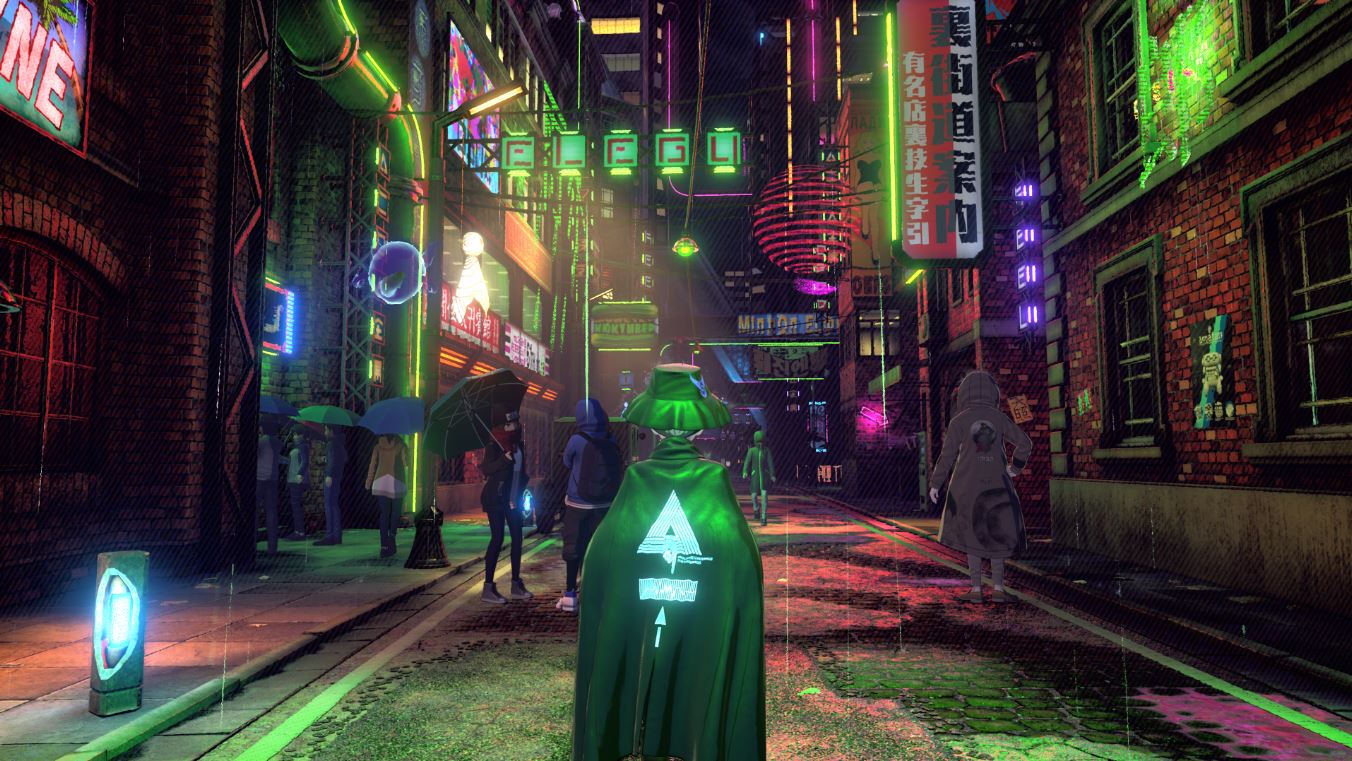
―RAIN CODE was initially released in June last year. Can you tell us about how the game has been received so far?
Suzuki:
We’re very grateful to see that players are enjoying the story, world-building, and characters. While the graphics on the Switch version have received positive feedback, we have also received comments regarding loading times.
―Looking back, was there anything about the game you’ve come to reassess or wish you had done differently?
Suzuki:
Oh, there was (laughs).
In text adventure games, you can generally keep progressing just by pressing a button to your heart’s content, but looking back, we may have gone overboard with 3D scenes that interrupt this kind of playstyle. Other than that, I think there were various aspects we could have pushed further in terms of playability. We’ve really come to realize how different it is to work with 3D compared to 2D.
―It’s rare for developers nowadays to come out with a large-scale brand-new IP in the adventure game genre. Can you tell us more about this decision?
Suzuki:
Yes, I believe that’s correct. Spike Chunsoft has produced many adventure games up until now, so for the next step, we wanted to create an adventure game on an unprecedented scale. That’s what led us to make RAIN CODE. With a story-driven world created by Kodaka and various elements aimed at fans of Danganronpa, I think it has indeed become a strong title within the adventure game genre.
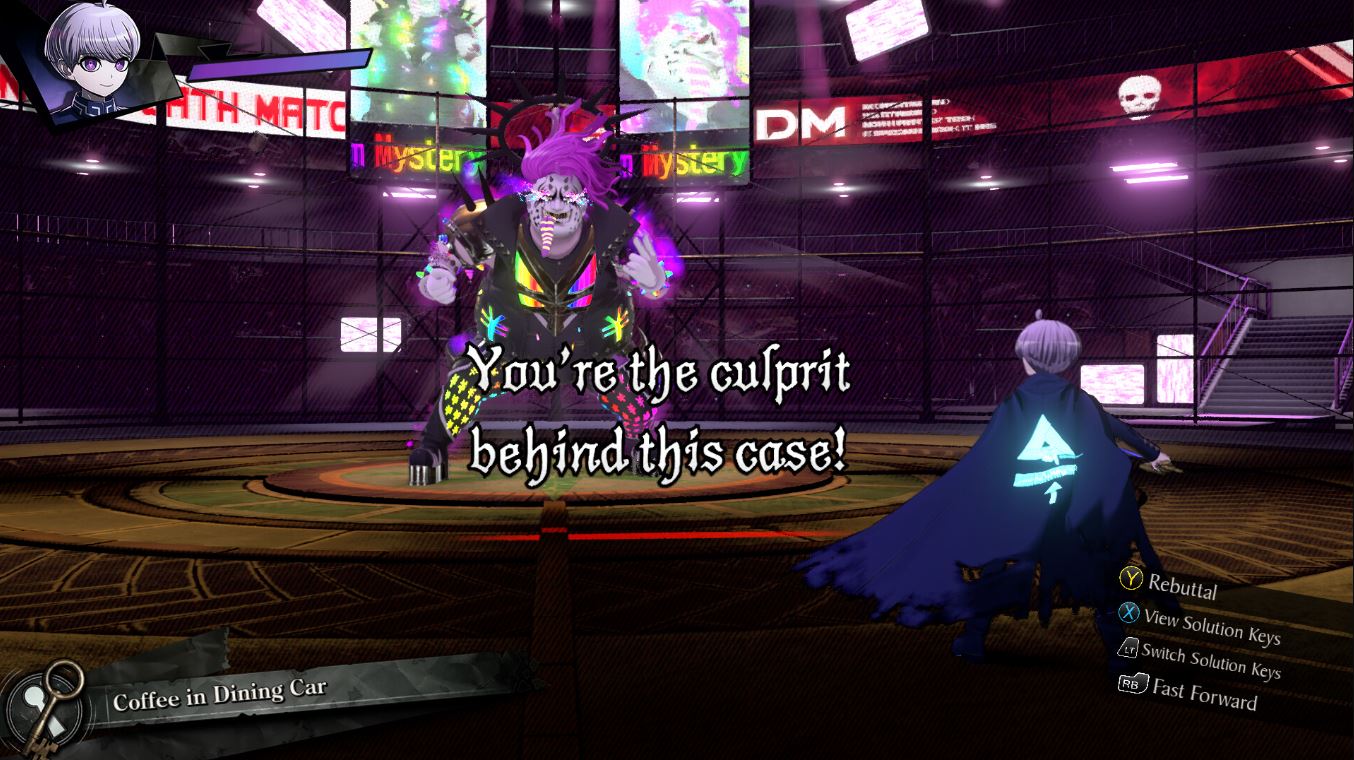
―RAIN CODE was initially released as a Switch exclusive. I’ve heard from a past interview that this decision had to do with making sure the game gets its time to shine and doesn’t get “buried” among other AA and A titles in the multiplatform scene. Does the subsequent launch on new platforms mean this approach paid off?
Suzuki:
I believe it was effective. Since there is a high ownership rate of Nintendo Switch among Danganronpa fans, I think it was a smart decision to launch a new title with a fresh look on that platform.
―Could you give us an overview of how RAIN CODE Plus differs from the original game? Did expanding to other platforms allow you to do something that you were not able to do in the Switch version?
Suzuki:
Overall, there have been significant improvements in the graphics. In Master Detective Archives: RAIN CODE Plus, players can immerse themselves more deeply in the world of RAIN CODE. Enhancements in rain and lighting effects, character depictions, and nearly every aspect of the presentation have greatly improved the look of the game. Additionally, faster loading times and improved hardware capabilities enabled us to execute previously challenging elements more efficiently. Furthermore, the inclusion of all the Substories and the Gallery enriches the player’s experience. Even in minor details, some production elements have been refined.
―Thank you for your time!
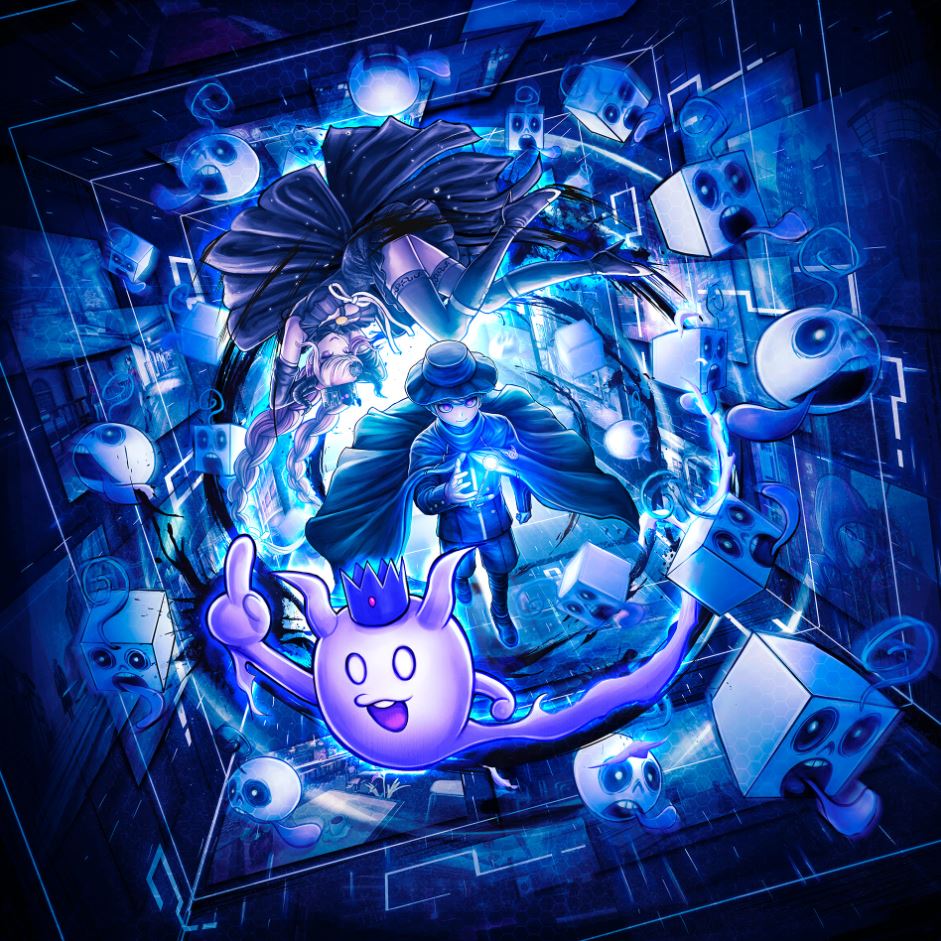
Master Detective Archives: RAIN CODE Plus is available for the PC (Steam), PS5 and Xbox Series X❘S. The original Master Detective Archives: RAIN CODE is available for the Nintendo Switch.

